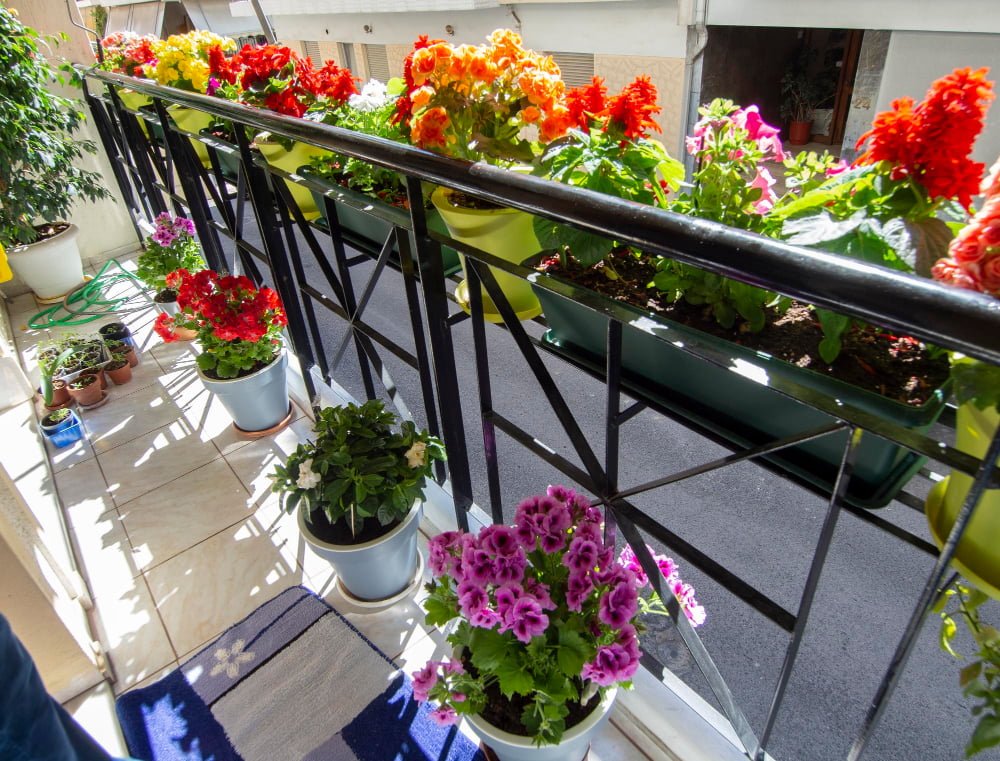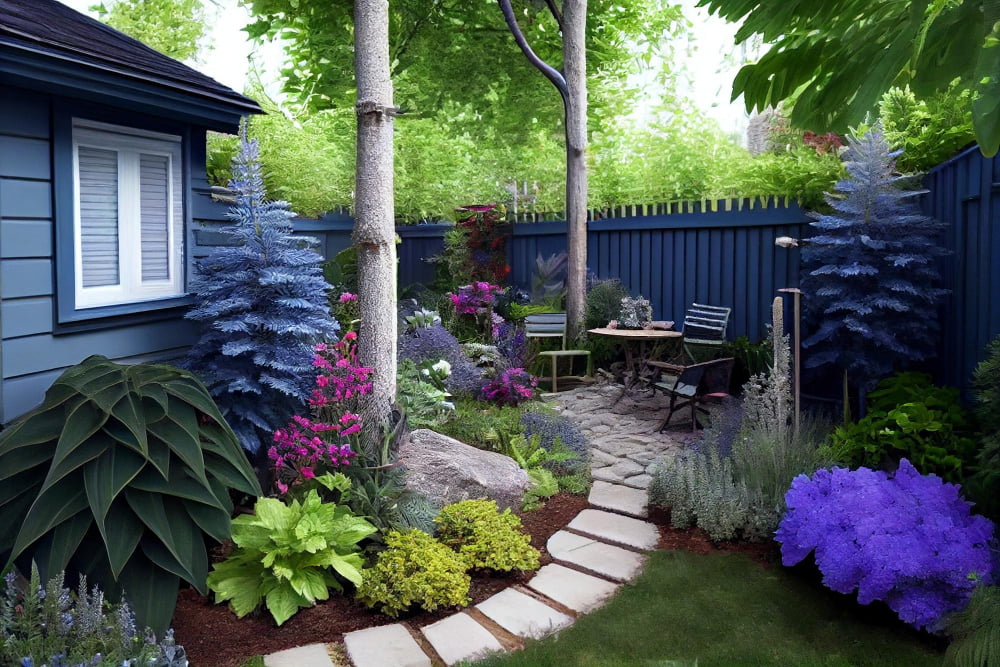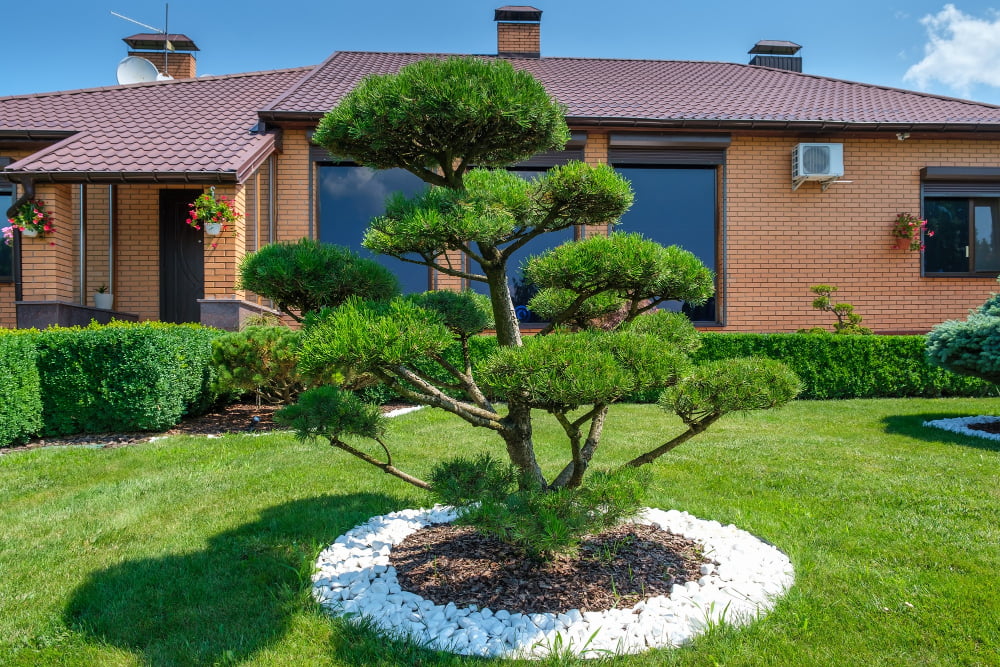Welcome to a refreshing look at water features, where you’ll learn the basics of adding a soothing aquatic accent to your space.
Key takeaways:
- Water features enhance outdoor spaces, reduce stress, and attract wildlife.
- There are various types of water features to choose from, including fountains, ponds, and waterfalls.
- Important installation tips include selecting the right location, considering depth and dimension, and ensuring proper utility connections.
- Regular maintenance, including cleaning and checking water quality, is necessary to keep water features in good condition.
- Water conservation and sustainability practices, such as using re-circulating pumps and native plants, can help reduce water usage and promote an eco-friendly environment.
Benefits of Water Features

Imagine stepping into your garden and hearing the soft, soothing sound of water trickling down a stone fountain. It’s no secret that water features can transform a plain outdoor space into a serene oasis. One of the main benefits is stress reduction. After a long day, the gentle murmur of a water feature can wash your worries away, just like a babbling brook on a quiet hike.
Not only do they calm your mind, but water features can also be a boon for local wildlife. Bird baths and small ponds naturally attract birds and butterflies, adding life and movement to your garden. It’s like hitting the play button on a nature documentary right outside your window!
Let’s not forget about the aesthetic appeal. A strategically placed water feature can be the centerpiece of your outdoor décor, whether it’s a minimalist reflecting pool or an intricate water wall. It’s like hanging a living piece of art that constantly changes with light and weather.
Last but not least, water features can potentially increase property value. They are like the cherries on top of a sundae, making your property more enticing to potential buyers who can already envision themselves unwinding by the waterside.
Now, who wouldn’t want a piece of that tranquility in their own backyard?
Types of Water Features
Dipping our toes into the serene pond of water features, let’s wade through the variety that might tickle your fancy. First up are fountains, which come in all shapes and sizes—from quaint tabletop fountains perfect for a touch of tranquility indoors, to grandiose, splashy affairs that can become the centerpiece of a garden or courtyard.
Then, there are ponds and water gardens, which can be a haven for aquatic plants and even fish, bringing a slice of wilderness to your backyard. They invite you to slow down and watch the dragonflies dance over the water’s surface.
We can’t forget about waterfalls and streams that introduce a dynamic element of movement and sound. Even a small, gently babbling brook snaking through your garden can create a sense of adventure and a soothing ambience.
For those with a penchant for the modern, reflection pools and infinity pools offer a sleek, minimalist vibe, providing a calm, mirrored surface that plays with the surrounding architecture and sky.
Bird baths hold a charm of their own, serving as a pit-stop for feathered friends and a chance for you to play wildlife photographer from the comfort of your own home.
Each type adds a refreshing touch and can be adapted to fit the space, budget, and aesthetic you’re going for. So, whether you’re dreaming of a Zen oasis or a lively water carnival in your space, there’s a water feature waiting to make a splash in your design.
Installation Tips for Water Features
When rolling up your sleeves to set up your new water feature, keep a few key tips in mind to make the process smooth as silk. First, location is king. Select a spot where the water feature can be admired from multiple points, whether that’s near a patio, visible from inside your home, or as the centerpiece of your garden. Remember, you’d want to show off this splashy addition, so shy away from hidden corners.
Dig into the details of depth and dimension next. For fountains and ponds, depth can influence both the sound of the water and the potential for fish or plants. Your landscape’s grade will play a role in the installation process, so consider if you need to level the land or work with its natural slopes.
Utility check is your next port of call. Water features need power to run their pumps, so map out your access to electricity. If cords will be crossing your lawn like a game of snakes and ladders, you might need to get creative—or consult a pro to keep things safe and tidy.
Mind the materials you’re bringing to the party. Whether it’s a hefty stone fountain or a delicate ceramic birdbath, the weight and durability of your materials matter. Heavier items may need a solid foundation, while lighter, less frost-resistant features should be easy to move when Jack Frost comes knocking.
Hit the books—or at least the instruction manual. Each water feature comes with its own set of assembly instructions. Lay out all the goodies from the box and get familiar with the instructions before diving in. Think of it like a LEGO set for your garden; taking the time to understand the build will save you a headache later on.
And last but never least, safety first. Water and electricity are like two peas in a pod that should never meet. Triple-check that all electrical components are suitable for outdoor use and that nothing’s plugged in while you’re setting things up.
There you have it! A touch of preparation and common sense can make installing your water feature as refreshing as a cool dip on a hot day. Now grab your tools, and let’s make a splash!
Maintenance of Water Features
Keeping your water feature spick and span isn’t rocket science, but it does call for a bit of elbow grease and attention to detail. Algae and debris can throw a wrench in the works if left unchecked, so regular cleaning is key. Skim off leaves and twigs, and scrub away the green gunk before it takes over.
For those with a pump, a loving once-over will save you from a world of trouble. Clear out the filter, ensure water levels stay topped off, and check for any signs of wear and tear. In winter, remember that pipes and pumps don’t take kindly to ice, so take steps to protect them when the mercury dips.
Testing the water quality also keeps fish—if you’ve got them—from going belly up. A simple pH test does the trick, helping maintain a healthy, aquatic abode. Finally, embrace your inner Sherlock and keep an eye out for leaks. Catching a small drip before it becomes a deluge can save you time and money.
A stitch in time saves nine, and nowhere is this truer than in the upkeep of water features. Regular care keeps repairs at bay and your tranquil corner of paradise just that—tranquil.
Water Conservation and Sustainability Practices
Embracing sustainability in your aquatic oasis isn’t just a drop in the bucket; it’s a meaningful ripple that can conserve both water and energy. Consider a re-circulating pump – it’s the secret sauce keeping water in motion without constantly draining resources. And let’s talk rainwater harvesting. Picture this: Mother Nature provides the aqua, and you catch it like a pro; a win-win for your wallet and the planet.
Got a few fish in your pond? They’re more than underwater pets; their natural ecosystem can reduce the need for chemicals. Plus, native plants around your water feature are like nature’s bouncers – they keep the balance without the need for synthetic helpers.
Sure, we all love a good tropical vibe, but when choosing greenery, think local. Picking plants that sing “Home Sweet Home” will thrive without much fuss, using less water and playing nice with the climate.
Lastly, whisper this word: mulch. It’s the unsung hero that locks in moisture, dishing out a buffet of benefits to plants and your water bill. Small actions like these aren’t just a drop in the pond; they’re steps toward a greener tomorrow.




